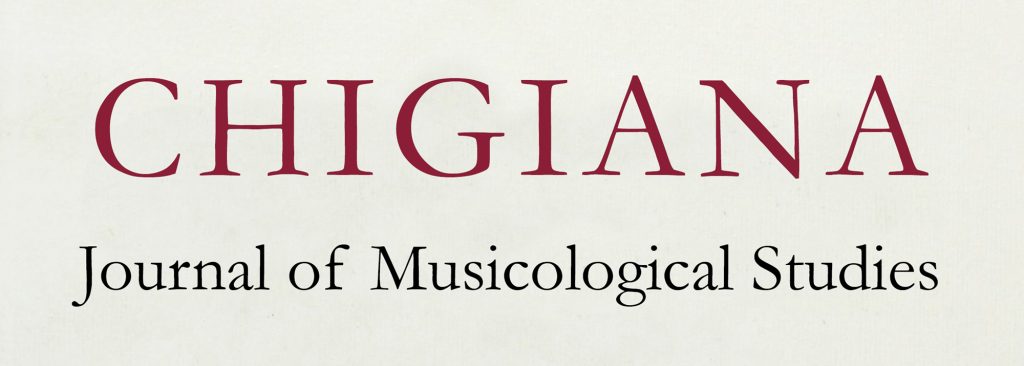
La Chapelle royale durante la “Restaurazione” (1815-1830): cerimoniale e ritualizzazione del quotidiano come instrumentum regni
Galliano Ciliberti
The great manifestations linked to the monarchical ritual constitute a typology of expression of political power where the forms of representation of the state include gestures and behaviours in which music is an integral part of the ceremonial. This political significance given to music as a means of externalizing the image and strength of power, assumed greater relevance in France during the period of the ‘Restoration’ where the Bourbons tried in every way to ‘forget’ the Revolution and the years of Napoleonic empire. The Chapelle Royale located at the Tuilerie, thanks to the two surintendants Jean-François Lesueur and Luigi Cherubini, played a very important role in this sense. This institution was in fact reinstated by Louis XVIII in 1814. The political and artistic role of the Chapelle Royale was manifested in the many public events where this institution could fully represent the new image of royalty and its exercise of power: the state ceremonial (coronations and royal funerals), the ceremonial of the court (births, weddings, and public celebrations) and its daily ritualization (masses and large religious holidays). These rites and ceremonies found in music the fundamental expression of the apparatus as well as of the multiplicity of forms of representation of power offered by the ceremonial.
Le grandi manifestazioni legate al rituale monarchico costituiscono una tipologia di espressione del potere politico dove le forme di rappresentazione dello stato includono gesti e comportamenti in cui la musica è parte integrante del cerimoniale. Questo significato politico dato alla musica come mezzo per manifestare l’immagine e la forza del potere assunse grande rilevanza nella Francia della Restaurazione, dove i Borbone cercarono in ogni modo di ‘dimenticare’ la Rivoluzione e gli anni dell’impero napoleonico. Ripristinata da Luigi XVIII nel 1814, la Chapelle Royale alle Tuileries ebbe un ruolo molto importante in questo senso, grazie ai due sovrintendenti Jean-François Lesueur e Luigi Cherubini. Il ruolo politico e artistico della Chapelle Royale si manifestava nei numerosi eventi pubblici in cui questa istituzione poteva rappresentare pienamente la nuova immagine della regalità e il suo esercizio del potere: il cerimoniale di stato (incoronazioni e funerali reali), il cerimoniale di corte (nascite, matrimoni e feste pubbliche) e i riti quotidiani (messe e grandi cerimonie religiose). Questi rituali trovavano nella musica l’espressione fondamentale dell’intero apparato e delle svariate forme di rappresentazione del potere offerte dal cerimoniale.
